Can you wear Linen in winter?

Introduction
Linen is a lightweight, breathable fabric that is typically associated with warm-weather clothing. Wearing linen in winter is not the ideal choice for, as it doesn't provide much insulation. In cold weather, you'd generally want clothing that traps heat and keeps you warm. However, you can layer linen items with warmer clothing for added insulation if you really want to wear linen in winter.
What is Linen fabric?
Linen is a natural and one of the oldest known fabrics, dating back thousands of years. Linen is valued for its breathability, lightweight and cool feel, making it a popular choice for warm-weather clothing like shirts, pants, and bed linens. It's known for its natural luster and ability to become softer and more comfortable with each wash.
Types of linen fabric
There are several types of linen fabric, each with unique characteristics and uses:
- Flax Linen: The most common type, made from the fibers of the flax plant. It's versatile, used for a wide range of products, including clothing, bed linens, and tablecloths.
- Tow Linen: Coarser and less refined than flax linen, it's often used for heavy-duty purposes like sacks and canvas.
- Damask Linen: A high-quality type, often used for fine tablecloths and napkins, known for its intricate patterns.
- Cotton-linen Blend: Combines the coolness of linen with the softness of cotton, making it suitable for a variety of clothing items.
- Cambric Linen: A fine, lightweight linen used for handkerchiefs and delicate garments.
- Irish Linen: Highly regarded for its quality, Irish linen is often used in luxury apparel and fine household linens.
These various types of linen cater to different needs and preferences, offering options for both functional and decorative uses.
Basic characteristics of linen fabric
Linen fabric is characterized by the following features:
- Breathability: Linen is highly breathable, allowing air to flow through and making it comfortable to wear, especially in hot weather.
- Cool and Lightweight: Linen is cool to the touch and lightweight, making it ideal for warm-weather clothing.
- Natural Luster: Linen has a subtle, natural sheen that adds to its visual appeal.
- Durability: Linen is known for its strength and durability, often becoming softer and more comfortable with each wash.
- Natural Wrinkles: Linen has a characteristic tendency to wrinkle, which is part of its relaxed, casual charm.
These characteristics make linen a popular choice for summer and casual wear.
Best weather to wear linen
Linen is best worn in warm and hot weather. The breathable and moisture-wicking properties of linen make it an excellent choice for summer and sunny climates, as it keeps you cool and dry. It's less suitable for cold or damp weather as it doesn't provide much insulation. Many people ask a question that is linen hot? The answer is no it’s a cool fabric that is most comfortable to be worn on hot summer days.
Frequently Asked Questions
Is linen a good choice to wear in fall?
Linen in fall season is not typically the best choice, especially as the season progresses and temperatures drop. Linen is known for its breathability and coolness, which is great for hot weather but not suitable for colder conditions. In the fall, you'd generally want clothing that provides more insulation and warmth. Consider fabrics like wool, cotton, or blends for better comfort during the cooler months. However, you can incorporate linen pieces for early fall or layer them with warmer clothing for a stylish look.
Can we dye the linen fabric in our desired color?
Yes, linen fabric can be dyed. Linen is a natural fiber that readily accepts various dyes, allowing for a wide range of colors and shades. It can be dyed using different methods, such as immersion dyeing, tie-dyeing, and screen printing. The results can vary based on the dye type, color, and technique used, but linen is generally receptive to dyes and can produce vibrant and long-lasting hues.
Can I layer linen clothing to make it more suitable for cooler temperatures?"
Yes, you can layer linen clothing to make it more suitable for cooler temperatures. Linen is a breathable fabric, so layering allows you to trap warmth between the layers while still benefitting from its moisture-wicking properties.
Is linen a good choice for rainy or wet weather?
Linen is not the best choice for rainy or wet weather. Linen is highly absorbent and tends to retain moisture, making it uncomfortable to wear when wet. It absorbs much water and take a long time to dry. In rainy conditions, it's advisable to choose fabrics that are more water-resistant or waterproof to stay dry and comfortable. Linen is better suited for dry and warm weather.

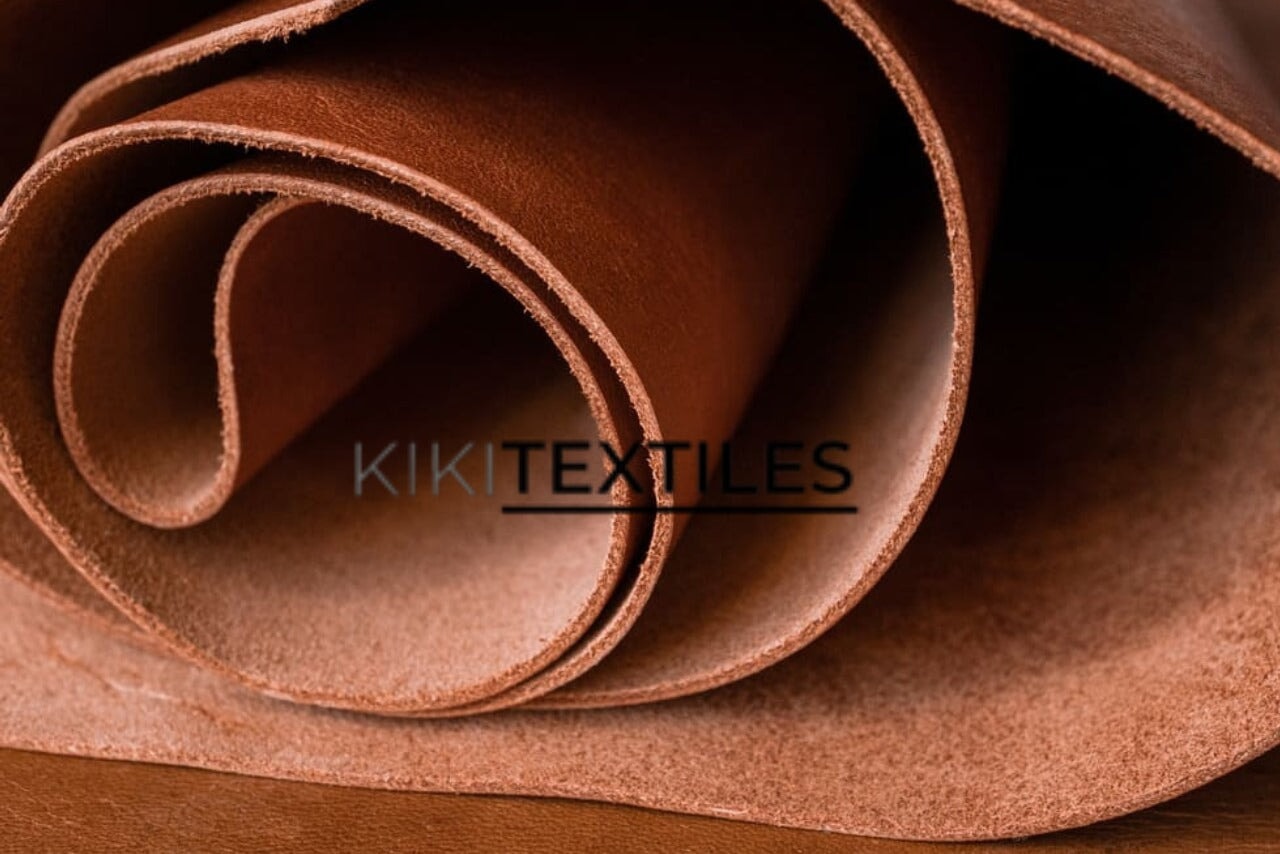
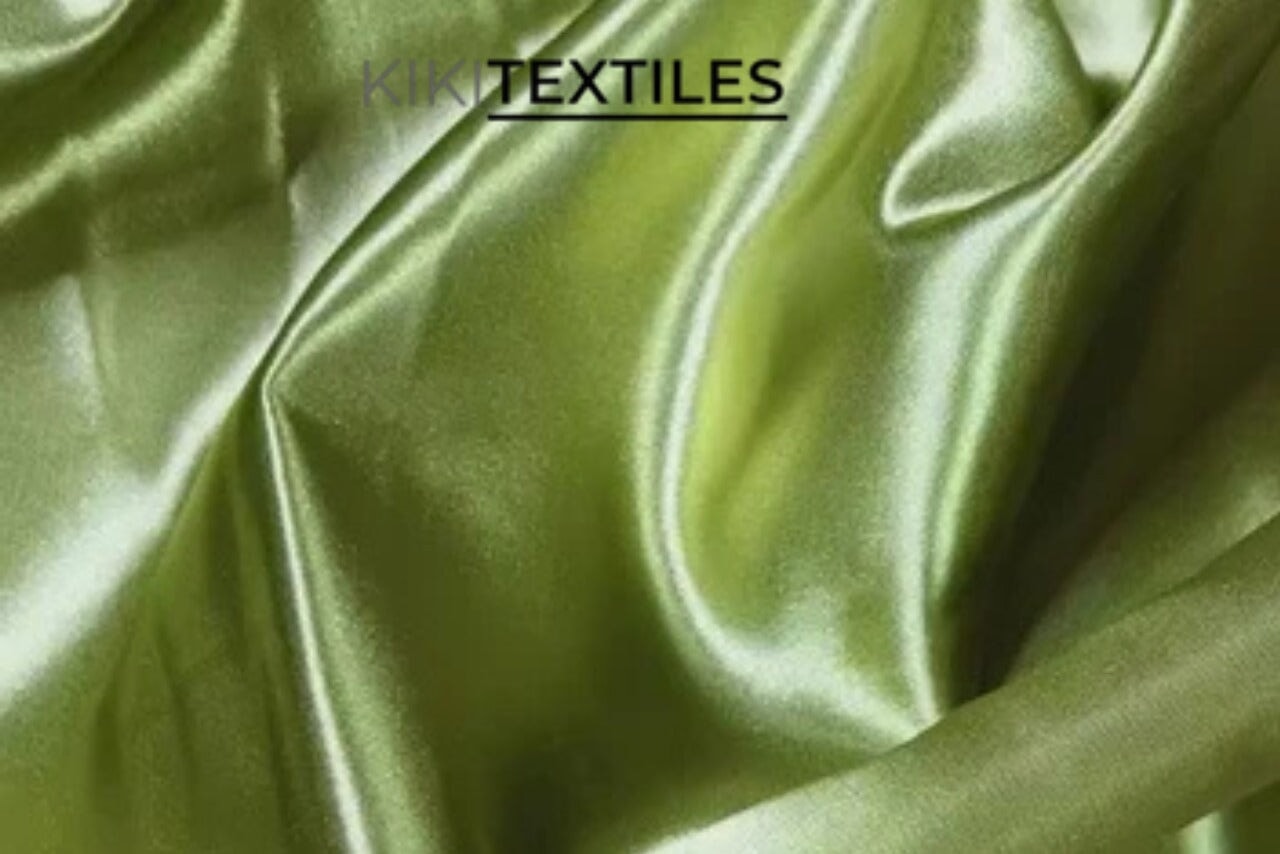



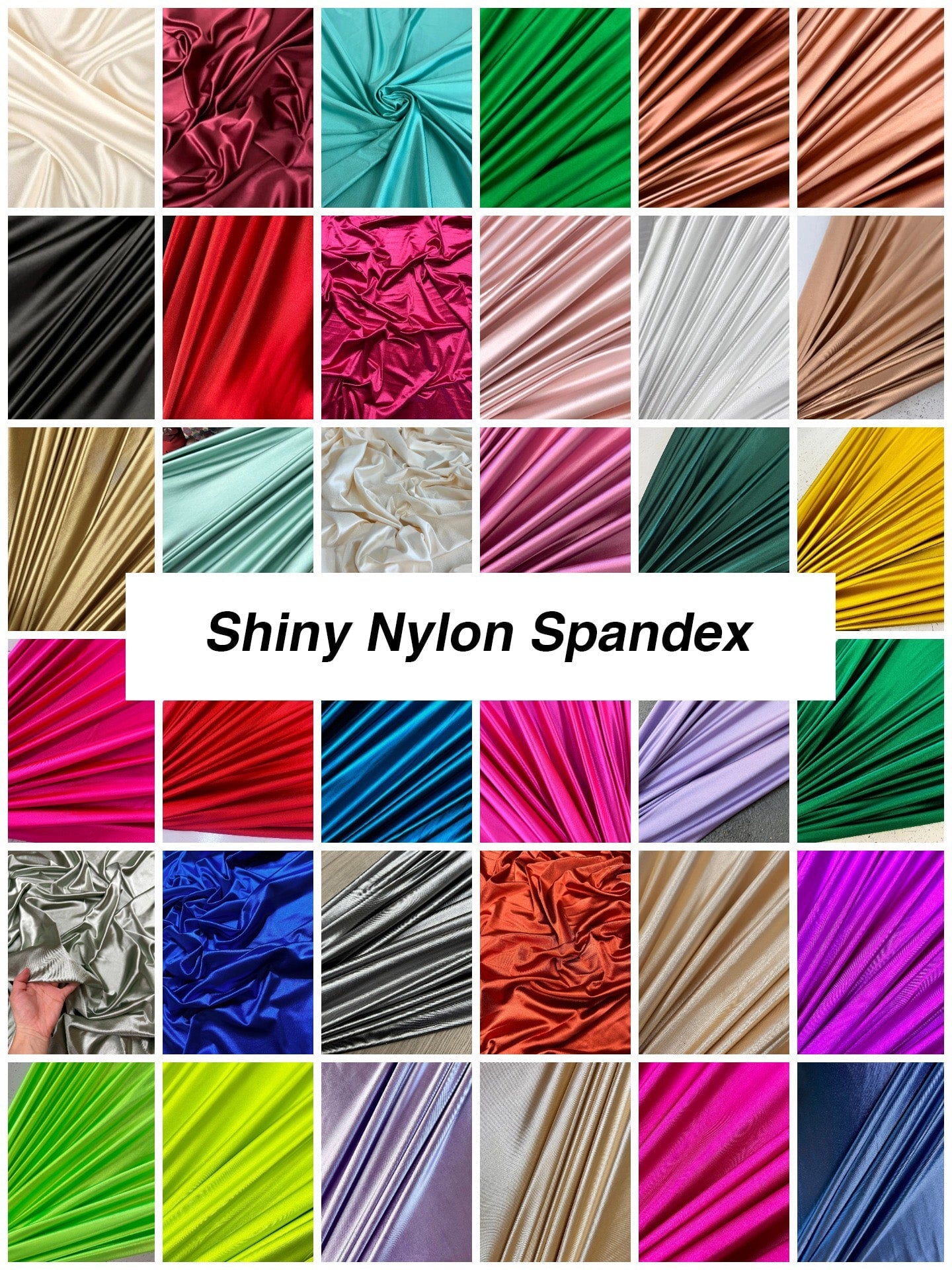
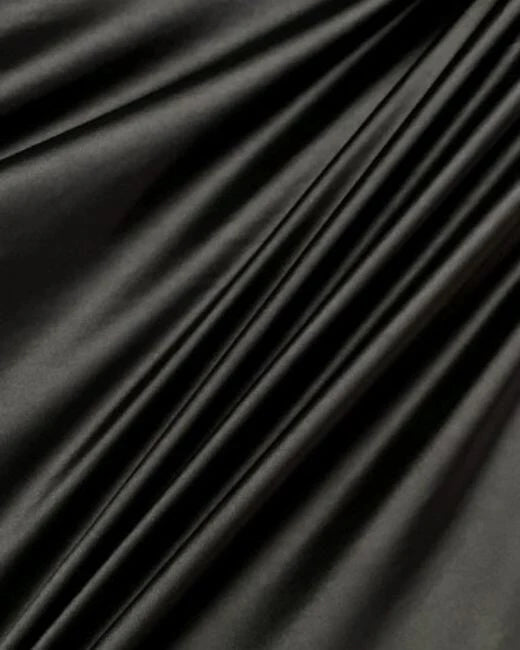
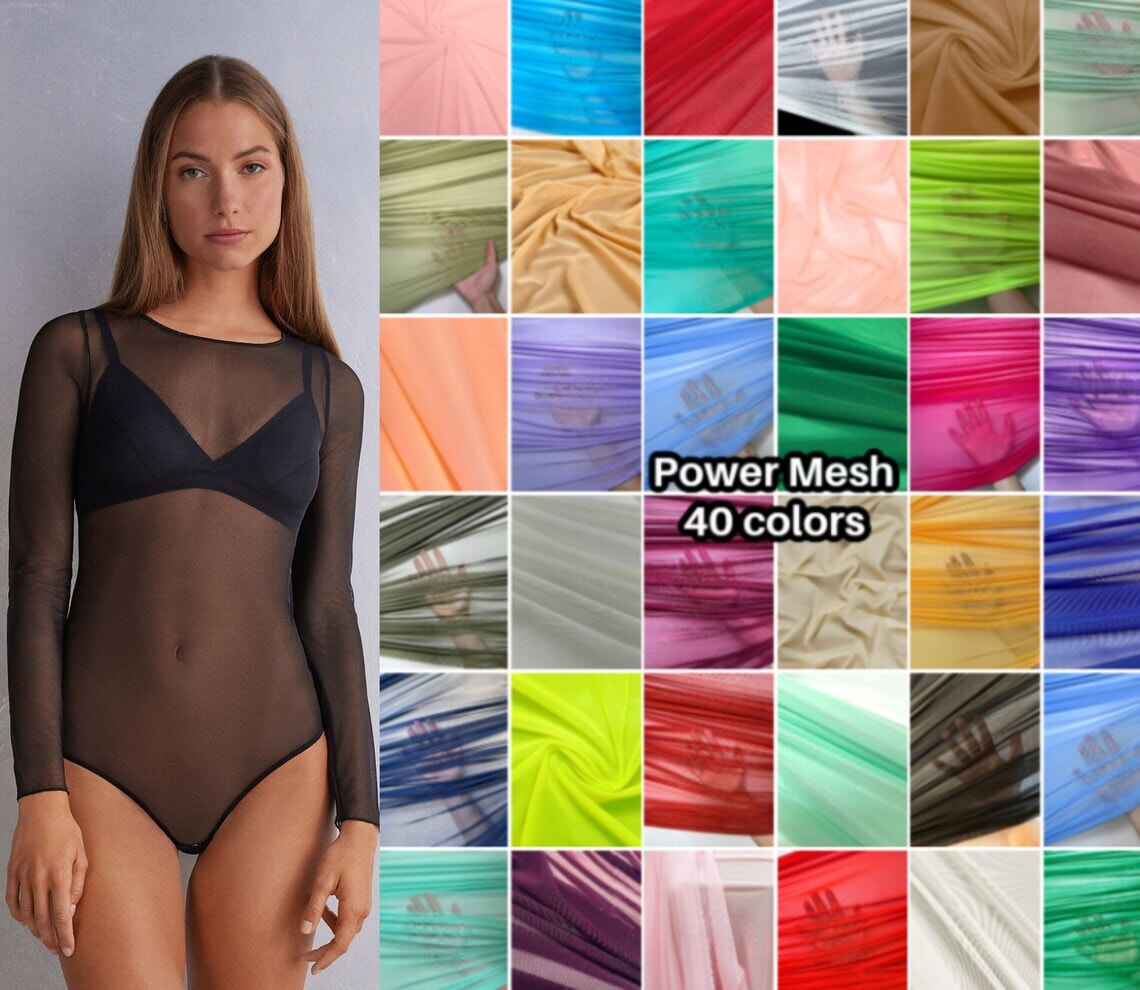
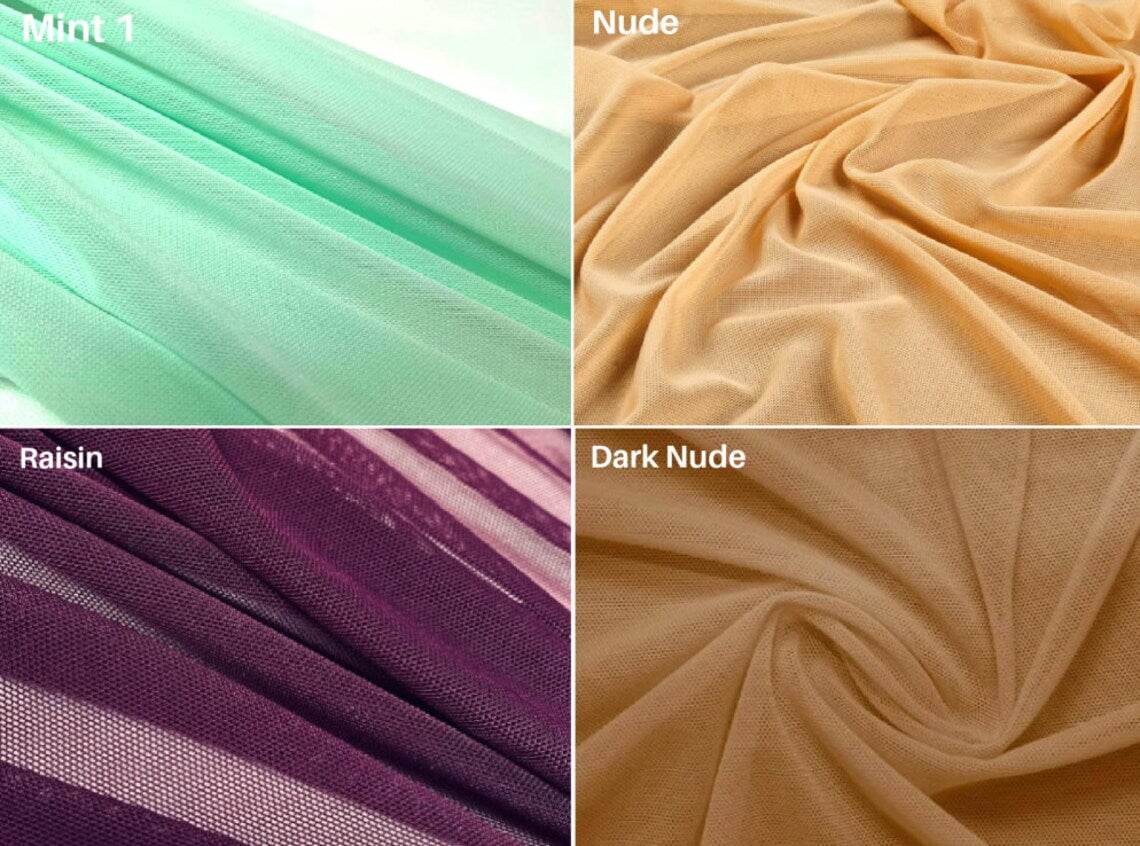
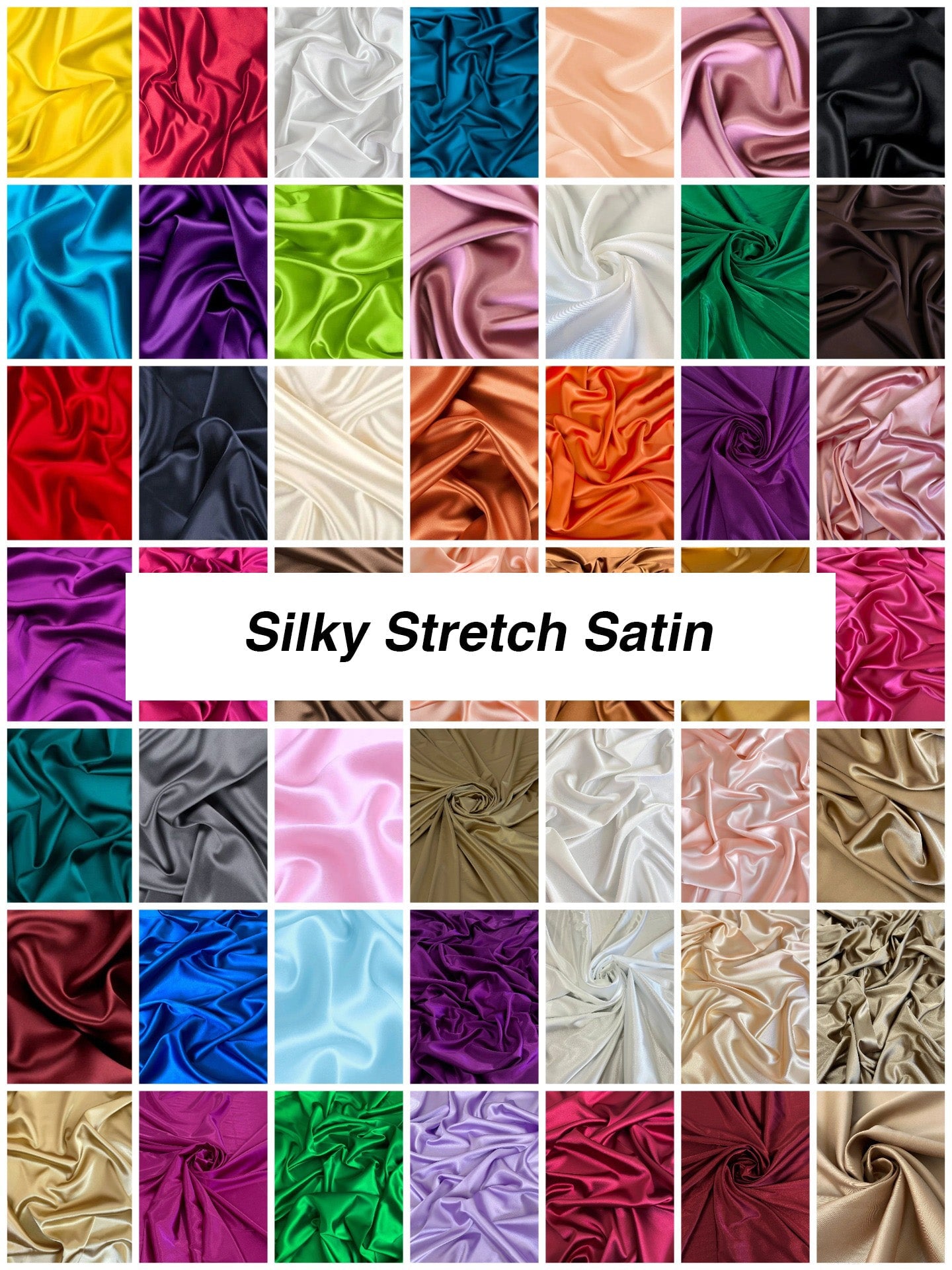
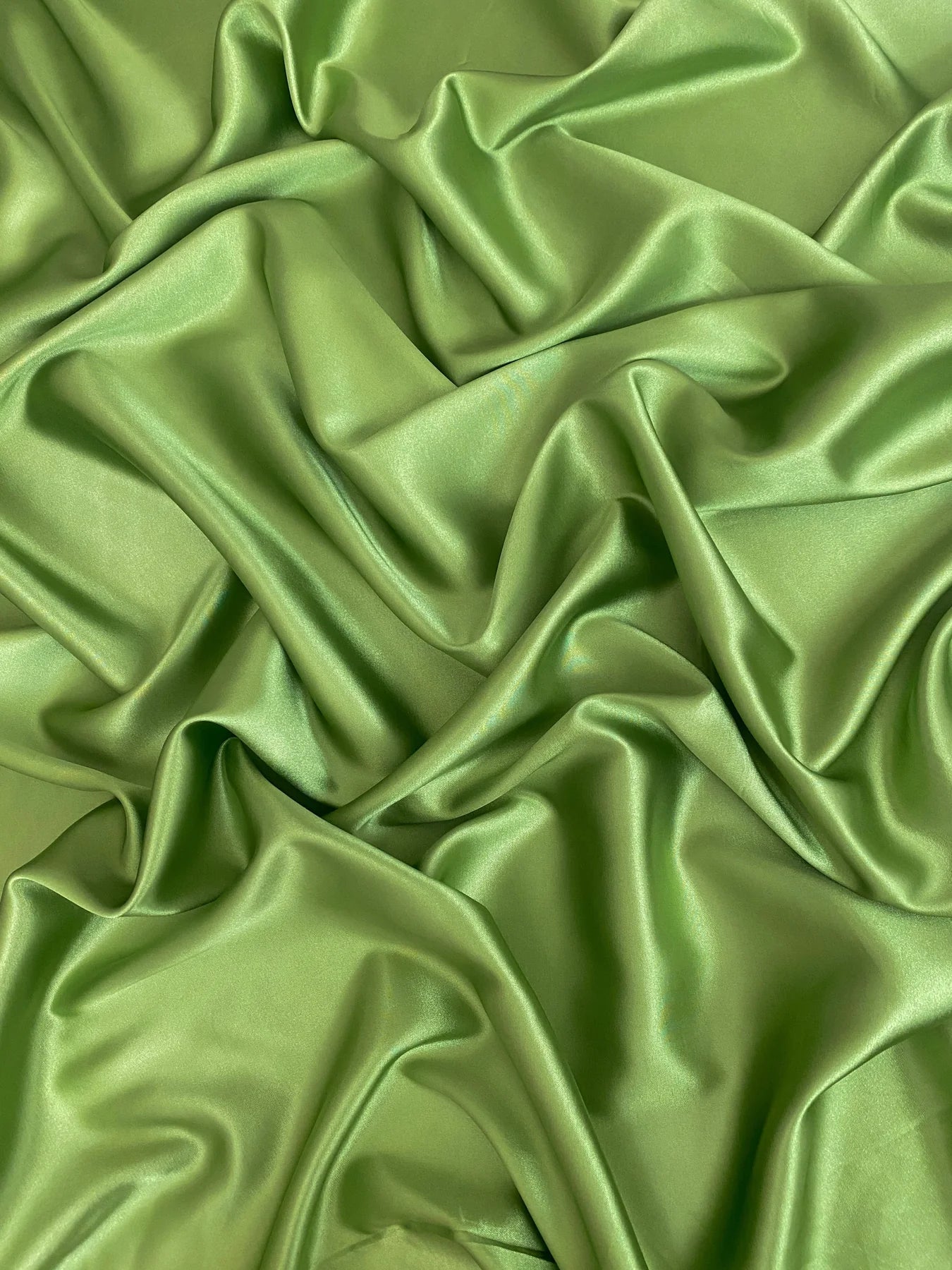
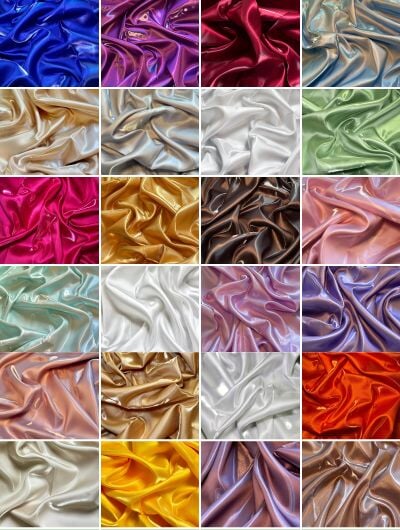
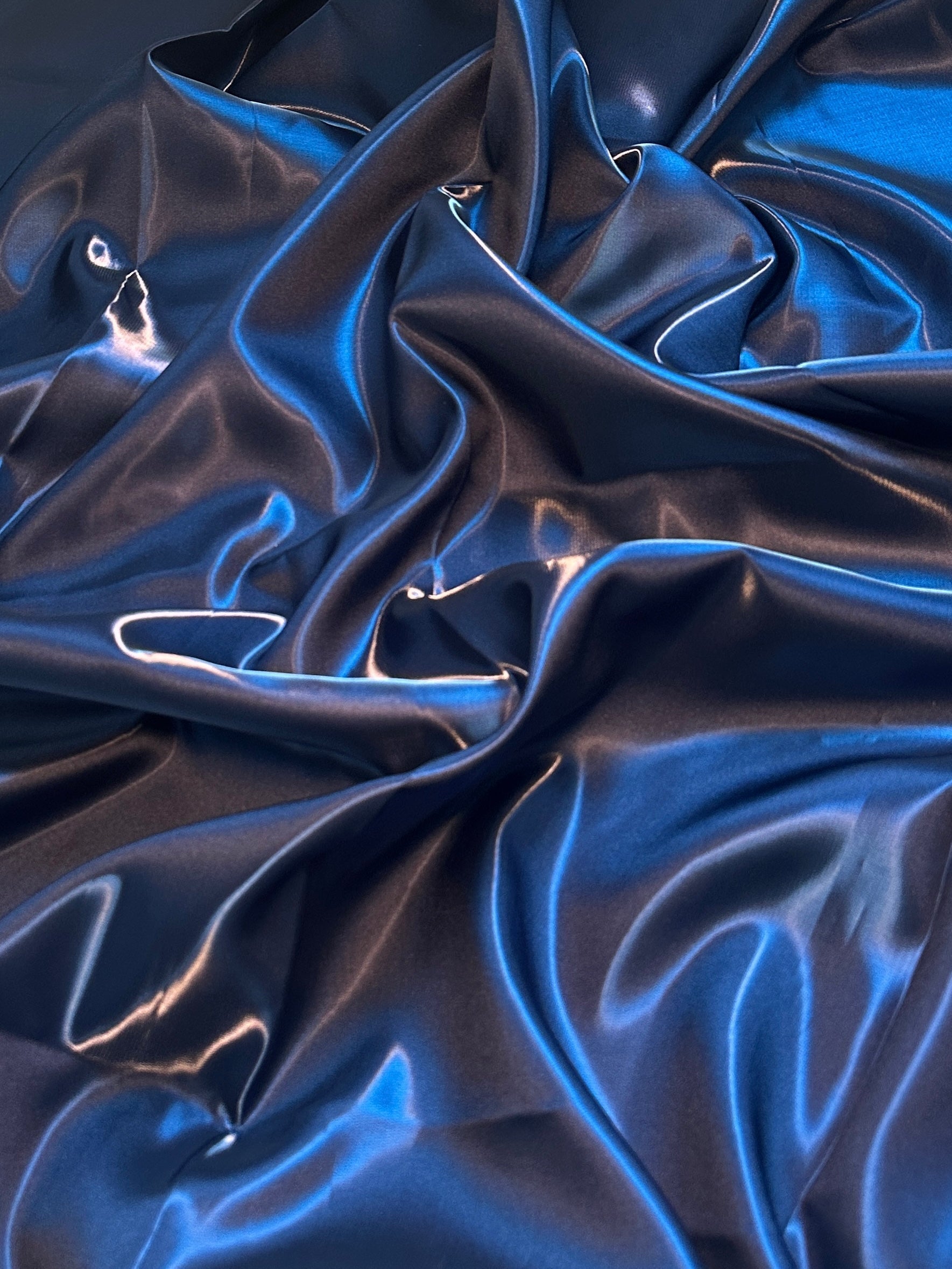
Leave a comment